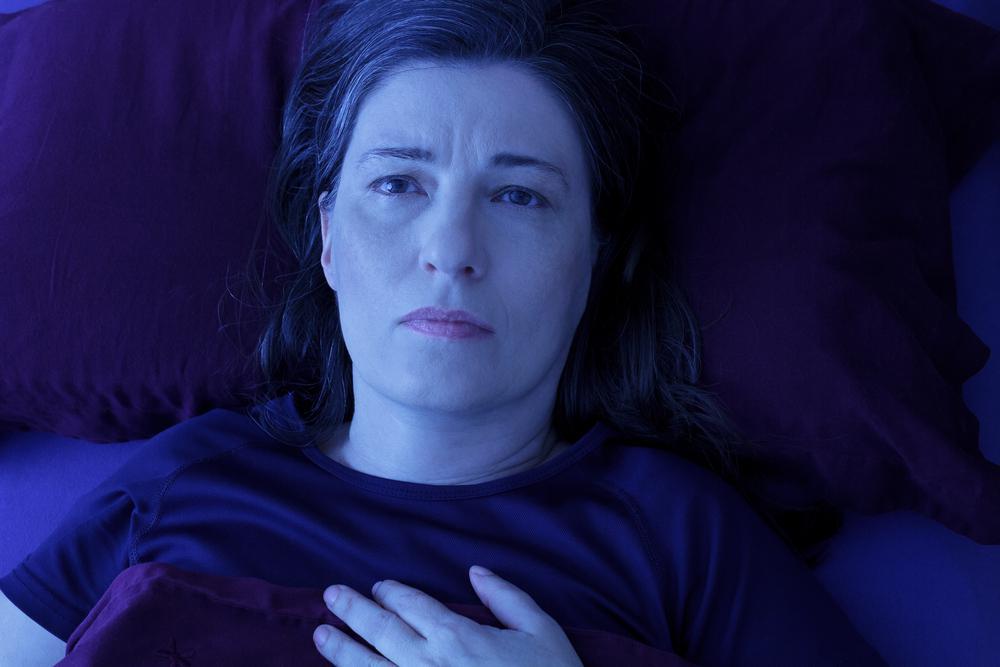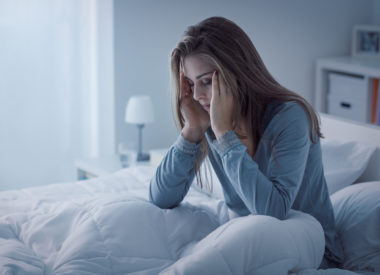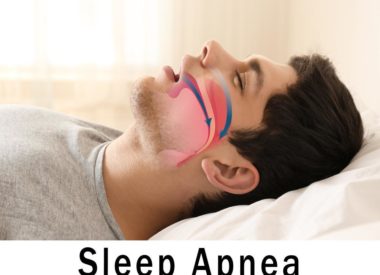How can you distinguish Periodic Limb Movements from Restless Legs?
Though your movements aren’t dangerous to your or your spouse, they do insist that your kicking and fidgeting seem to happen in clusters all night long.
You’ve already been diagnosed with restless leg syndrome (RLS). Is it safe to assume that your leg movements are related to your restless leg problems?
No. You might have another condition:Periodic Limb Movement Disorder (PLMD). While RLS and PLMD share similar symptoms, they are by no means the same disorder.
What isRLS?
RLS is considered a movement disorder. What makes it distinct from movement disorders of sleep (especially PLMD) is that RLS happens while you are awake.
People who have RLS experience uncomfortable sensations such as “creepy crawlies,” itching, pulsing, and muscular spasming in their legs at all times of the day, but especially at bedtime. The easiest way to find for relief from these odd sensations is to move the legs until they can “calm down.”
Some people walk or stretch their legs, while others swear by a warm bath or shower at bedtime, with the same goal in mind.
Because RLS symptoms can manifest during periods of rest, such as the time right before you go to bed, they can be highly disruptive to achieving sleep onset.
Many people with RLS may begin to relax and nearly fall asleep until their legs begin to throb or twitch, forcing them to get up and move around in order to relax. The delays that RLS can bring to sleep for some can be maddening for this reason.
How is PLMD different from RLS?
Those who have PLMD may not even know their legs are moving about at night because they are asleep. These movements, for them, are involuntary. As such, PLMD is defined as a movement disorder of sleep.
If they do wake up in the middle of the night because they “kicked themselves awake,”they will probably not make any connection between their arousals and any leg movements they might have encountered prior to them. They may just think they need to use the bathroom.
Another feature of PLMD is its distinctive repetitive nature; periodic movements come and go in rhythmic clusters. Some witnesses say they can practically set their watches by the regularity of these intervals. Meanwhile, in cases of RLS, there aren’t any patterns or clusters of symptoms to note.
Why distinguishing between PLMD and RLS is important
One in ten adults experiences RLS, whereas about a third of them have been diagnosed with PLMD. People who have RLS are more likely to also have PLMD, but people with PLMD aren’t more likely to have RLS. It turns out that these are two very different conditions.
It’s important to arrive at a differential diagnosis for movement disorders, but this can be difficult without a sleep study. After all, similarities shared between the two disorders include:
-
the inability to keep the legs still
-
an association between these movements and sleep disruption
-
insomnia, fatigue, or daytime sleepiness as symptoms or signs
But treatments for each condition are not the same, despite these similarities. Some pharmaceutical therapies, in particular, can be problematic when they overlap with other medications or medical conditions.
A differential diagnosis will show RLS is the problem when you have:
-
irresistible urges to move the legs at bedtime in order to relieve discomfort caused by unpleasant sensations
-
symptoms that repeat at least 3 times a week and have persisted for more than 3 months
-
found that living with these sensations causes significant distress or impairs your daily life
-
no other medical conditions which can explain the symptoms
-
no prescriptions or substance abuse in evidence to explain the symptoms
Meanwhile, those with PLMD may not even notice that they have leg movements during sleep at all; nor do they suffer any discomfort they can directly credit to leg movements.
To diagnose them, their patterns must be examined using EMG monitoring during an overnight sleep test to capture these rhythmic muscle movements as they sleep.
Rather than guess at which typeof movement disorder you might be experiencing, your best bet is to consult your primary care physician. They should ask a lot of questions to help identify symptoms and signs that point to one or the other or both. It could be that both conditions co-exist, after all.
An overnight sleep study could ultimately answer the question for you and will allow you and your sleep specialist the opportunity to use the appropriate therapy to treat any movement disorders you do have.
Sources:
American Academy of Sleep Medicine
Cleveland Clinic
Medscape
National Sleep Foundation
Ohio Sleep Medicine Institute



